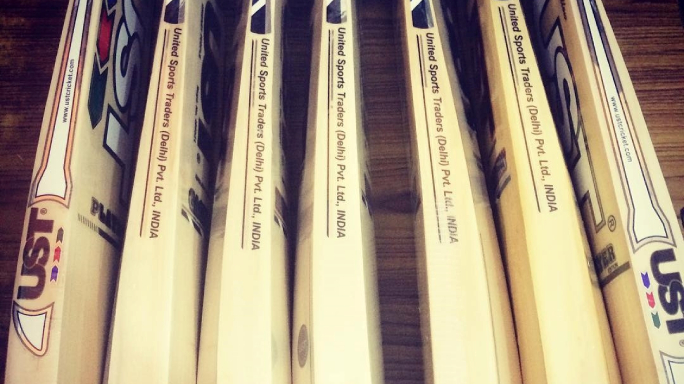
Preparation and maintenance is the key to a long bat life. Once you’ve purchased your cricket bat, the next step is to prepare it for action and then maintain it. Preparation comes in two phases: (1) Oiling and (2) Knocking it in.
Part 1: Oiling Your Cricket Bat
- Using a soft rag, apply a light coat of oil to the Face, Edges, Toe and Back of the cricket bat. AVOID getting oil on the splice of the bat as it may undermine the glue holding the handle and blade of the bat together!
- Avoid over oiling the cricket bat.
- After the coat of oil has been applied, leave the cricket bat in a horizontal position to dry over night.
- On the next day, apply a second coat, following the same directions as the first one. Leave to dry.
- After oiling the cricket bat, the next phase begins – Knocking In
- Try and oil your bat regularly to keep the fibres of the wood supple and prevent the face of the cricket bat cracking.
- If applying anti-scuff cover oil only once, very lightly.

A number of cricket bat manufacturers indicate that over half of the bats sent back to them for repair, have not been sufficiently oiled or have in turn been over oiled. A balance needs to be struck, with a light coating as the main instruction provided by bat manufacturers.
If the cricket bat you have just purchased has an anti-scruff cover, the face will not need oiling. However the back of the cricket bat will need oiling.
Part 2: Knocking Your Bat In
After purchase, all cricket bats should be knocked in to prepare them for use in competitive matches. The edges, toe and blade of the bat all need to be sufficiently knocked in, as these areas face large amounts of impact from the cricket ball, therefore making them vulnerable to breakages and damage. Knocking your cricket bat in is an effective way of ensuring that the bat has been compacted enough to prevent impact damage. As the knocking in process is a very important aspect of preparing your cricket bat for action, it cannot be rushed and must be done carefully. Knocking your cricket bat in is effectively ensuring that the wood of the bat is compact as the fibres are compressed and knitted together. Consider the following steps when knocking in:

- Using a hardwood bat mallet, gently strike the face and the edges of the cricket bat, simulating what the ball would do in a competitive game situation.
- Repeat the above on multiple occasions, gradually increasing the power. Use the same method as above to round the edges of the cricket bat, but be careful. Avoid using too much power to begin with as this could result in unnecessary damage. Note: Do not hit the edge directly with the mallet, gradually round the cricket bat off. It is important to knock the edges of the bat in as they can often be vulnerable to damage during competitive matches and net play.
- After 2-3 Hours of knocking the cricket bat in, you can take it to the nets and hit some short catches using an old ball. If seam marks or small indentations appear on the face of the cricket bat, it would be necessary to return to the first step.
- After continuing to knock the cricket bat in and completing some close catching sessions, you could try the bat in your normal net practice.
After a few net sessions, your cricket bat should be ready to use in a competitive match.
Added Protection
After knocking your bat in, you may wish to add a protective cover to the cricket bat. This should be positioned and fitted approximately 3-5mm from the toe of the bat, with the cover running up the face of the cricket bat and finishing just below the bat manufacturers labels.

